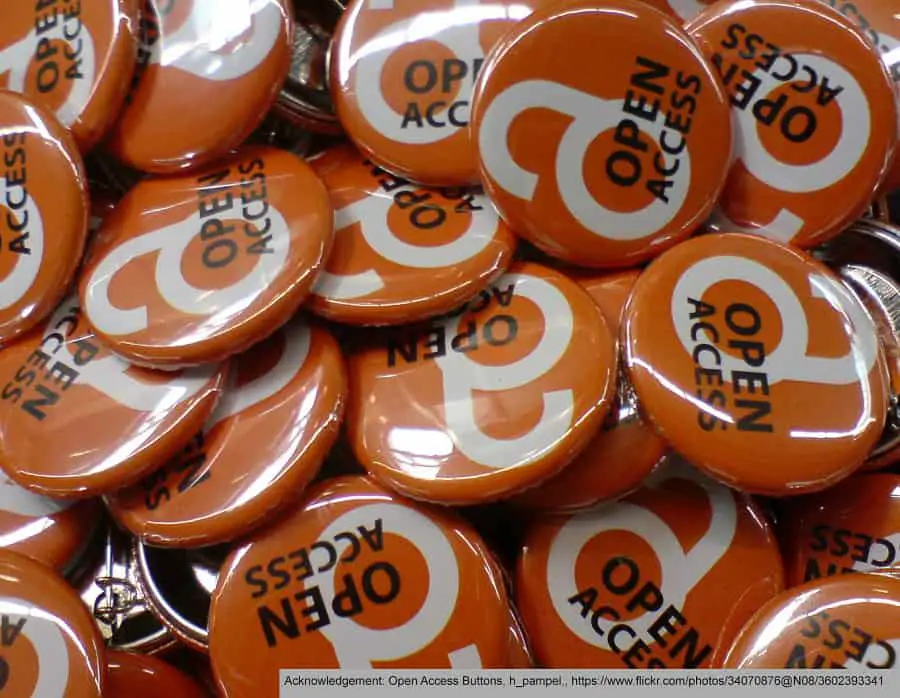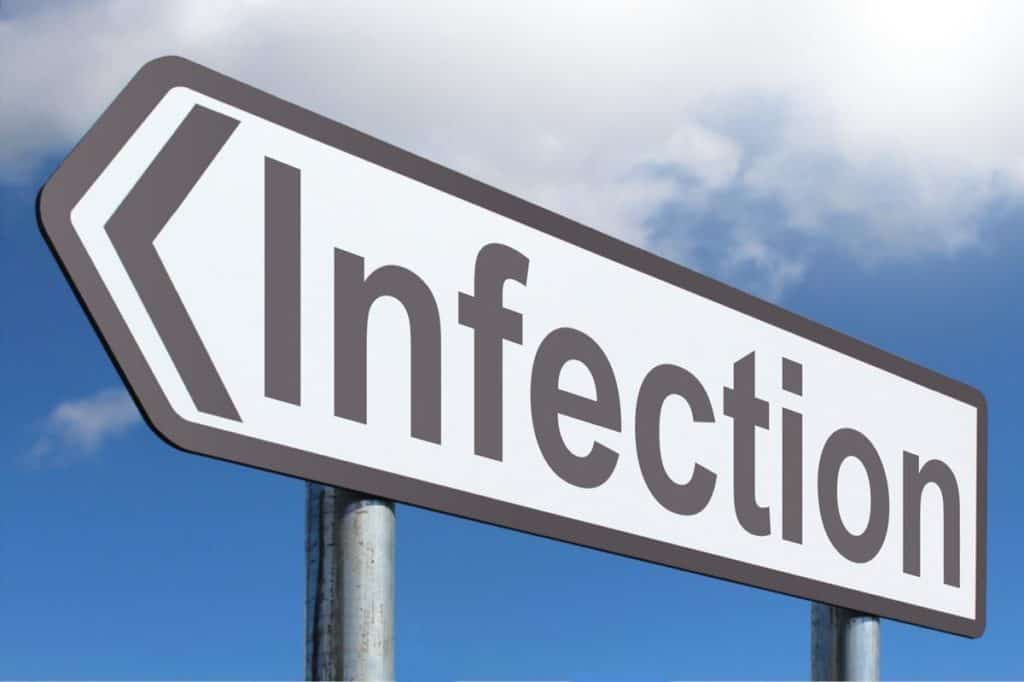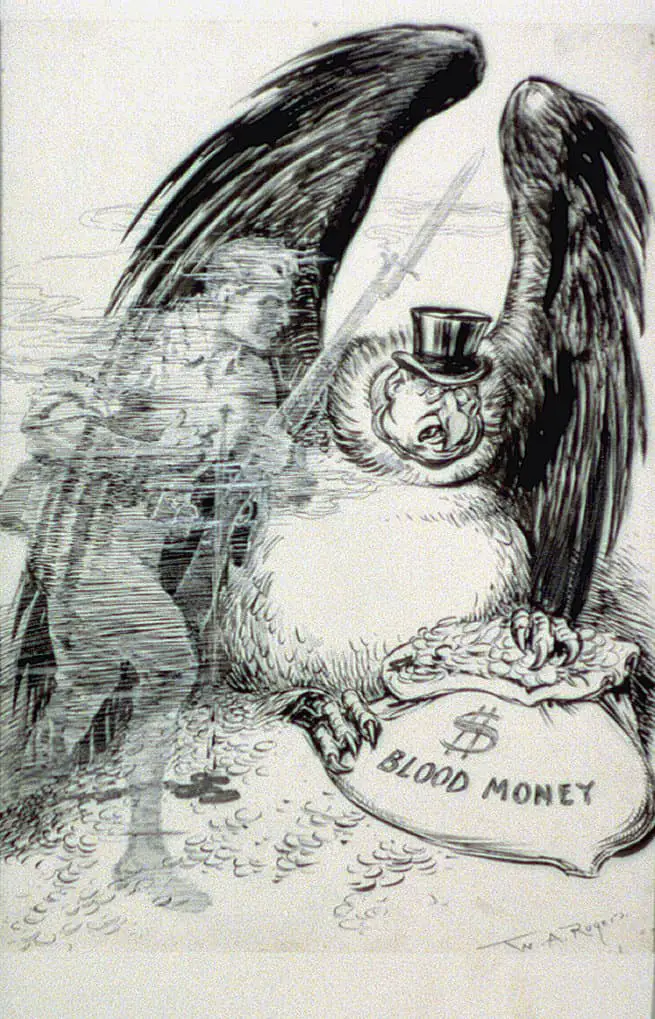Disclosure: This page may contain affiliate links. This means, at no additional cost to you, we receive a commission if you click through and make a purchase.
We thought we would draw out some of the reasons why we subscribe to the view that predatory journals and publishers should be avoided, rather than just expecting others to take this view at face value.
Publishing in predatory journals, and supporting the publishers that publish those journals, should be avoided. Saying that they are evil may be a little strong, but we can’t think of a better word to describe the practice of infecting the scientific archive with non-peer reviewed research.
As an evidence-based community, we would expect any argument that is put forward to be justified in some way and we hope that the reasons below will convince you that there is no justification for publishing in predatory journals.
Peer review
Peer review underpins the scientific archive. If we read something from the scientific archive, we know two things:
- The paper has been read by, and reviewed by, those who are experts in the discipline being addressed. We have confidence that others have looked at the paper and decided that this paper has made a contribution to knowledge and has advanced the field in some way.
- The paper we are reading is EXACTLY the same as the one that the author (finally) submitted. If a mistake was subsequently found then a correction would have had to have been made in a later paper, referred to as an erratum. Unlike, say, a blog post or a wikipedia entry, which can be changed after being published, you can be certain that a paper in the scientific archive is the same as was originally published.
The problem with predatory publishers is that there is no, or very little, peer review yet the papers that they publish become part of the scientific archive. This not only undermines the scientific process, as experts are not evaluating the papers, but it is infecting the scientific archive. If this infection penetrates too deeply, there will come a point where we can no longer trust the science that is being reported. We discuss this is a little more detail in the next section.
Infecting the scientific archive
What do we mean by infecting the scientific archive?
We draw an analogy with a virus, that attacks its host and gradually spreads, eventually killing the host. Assume that the scientific archive is the host. The purpose of the scientific archive is to store the peer reviewed research of all humankind in a way that there is confidence that anything that is referred to has been validated by experts in that area. There might be mistakes, which we hope will be found in the future, but the fact that every paper that is in the scientific archive has gone through a peer review process gives us a high level of confidence in the research that is stored in the archive.
Let’s say that a predatory journal comes into being. It starts to publish articles, which have not undergone the same rigorous peer review. To the uninformed, and even seasoned scholars, these journals/articles may look legitimate. Given that there is no overall management of the scientific archive, the papers that are published within this journal can now be viewed as being part of the archive. In effect, the scientific archive has been infected as it now contains material which has not been peer reviewed, at least to the levels that we would expect.
As more and more predatory journals are started, and articles get published, so the infection spreads.
“Ahhh“, you might say, “but if we find a paper that we know has been published in a non-predatory journal, we can trust that, right?“
Wrong. The research that is reported might be based on the ‘research’ from a predatory journal or the paper may cite papers from a predatory journal, which cannot be relied upon. Taking this to its logical conclusion, if predatory publishing is allowed to infect the scientific archive, then the archive will eventually be invalid as we will not be able to tell the difference between science that has been properly peer reviewed from the science that does not have this solid foundation. The host will inevitably die.
So, we must be careful when (what was) the healthy scientific archive starts to cite the predatory articles as the virus is really starting to take hold and it is now even harder, if not impossible, to get rid of the infection. Once credible journals start to cite predatory articles, how does the reader decide what is valid in the scientific archive? And, of course, it is in the interests of the predatory journals/articles to get cited, as it provides them with some validation that enables the virus to spread even further.
This infection has started already. Take a look at this article, or this one, both which note that predatory publishers have already infected citation databases and the scientific archive.
A virus will eventually kill its host and, if we do not eliminate predatory publishing, then it will eventually kill the scientific archive as we will not have any confidence in it. A major operation may be able to bring it back to life but the longer the virus is allowed to infect the host, the harder that operation becomes and we may to accept that the patient can never recover.
Profiteering
There is often discussion about the profits that traditional scientific publishers make. Or rather the discussion is often around what the publishers do for their money. Authors write the papers and other scientists review those papers. The authors do not receive payment for their work, nor do the reviewers. Indeed, the authors have to sign over the copyright to the publisher, who then publishes the paper and charges others to read that paper. Ironically, the author and reviewers may have to pay to read the paper they wrote or reviewed.
Many see this as profiteering, but predatory publishers take this to a new level. They take money from authors/institutions but provide hardly of the services that we would normally expect, such as a solid peer review process, a recognized editorial board, a well maintained web site, credibility as an established scientific publisher, printing and distributing the journal etc. It is for these reasons that traditional publishers would argue that they require the copyright and charge subscription fees as they have significant costs that they have to pay.
Predatory publishers are unlikely (if ever) to provide a hard copy of the journal, meaning that there are no print and distribution costs. They will not have the same level of editorial checks and balances that a non-predatory publisher would have, saving on the costs (typically staff) to provide those services. They are unlikely to have the same level of post-publication marketing so will not invest in social media, maintaining email lists for table of content alerts etc.
Really, all predatory publishers need to invest in is a web site, which is often of poor quality and email software to spam potential authors asking for papers. Customer support is non-existent and, although, we have no evidence to support this, we suspect that the staffing for any given predatory journal is one or two staff who use a variety of names that appear to be different people, performing different functions. Indeed, the same people may even service different predatory journals so a small number of staff may, using different names and represent many different predatory journals.
Undermining Open Access

When the open access model of publishing really took hold, in the late 1990’s/early 2000’s it was meant as a way that scientific research could be made available to the general public, as well as making it more accessible to those institutions that were not able to afford journal subscription fees or buy individual papers.
It was also felt that government funded research, which uses funds from the tax-payers, should be made available to those that funded that research. That is the general public.
As the open access movement gained momentum, unscrupulous publishers saw it as an opportunity to profit from this initiative (you can read about the difference Open Access publishing and predatory publishing here). Thus, they set up publishing houses and journals that would publish papers for a fee, but without the usual practices in place that we would expect to see from even the most low-quality journals.
If there are criticisms of the open access movement (and there are a few) one of them would be that predatory publishers have taken advantage of open access and it can be difficult to differentiate between legitimate open access journals and those that operate in a predatory way.
Conclusion
You would find it difficult to find somebody who would have a legitimate argument that predatory publishers and journals are a good thing. The publishers themselves might make an argument, even some authors might try and make a case, but we cannot think of any legitimate reason why any scholar would support a predatory journal. We have given a number of reasons why publishing in predatory journals is a bad idea. There are many more, but we hope that the reasons given above will persuade most people that publishing in predatory journals is a bad idea. If you are still not convinced, take a look at how publishing in predatory journals can harm your CV.




